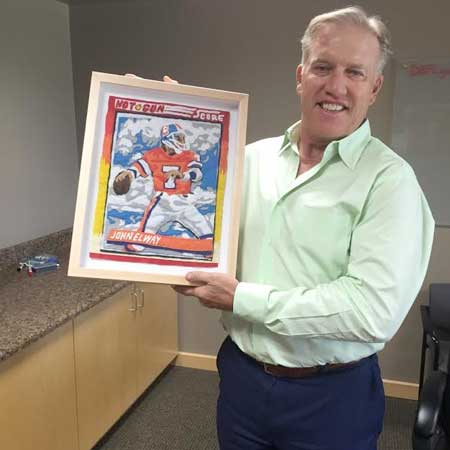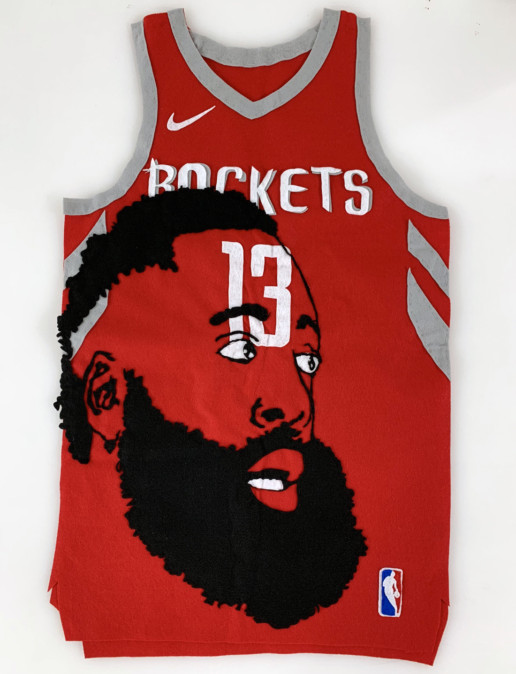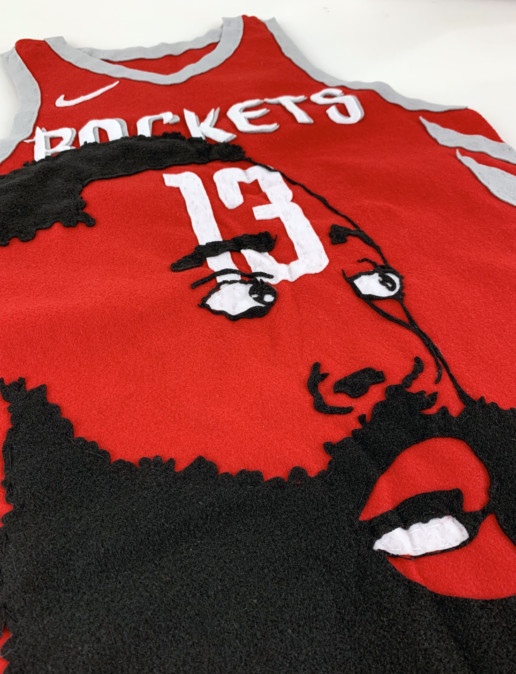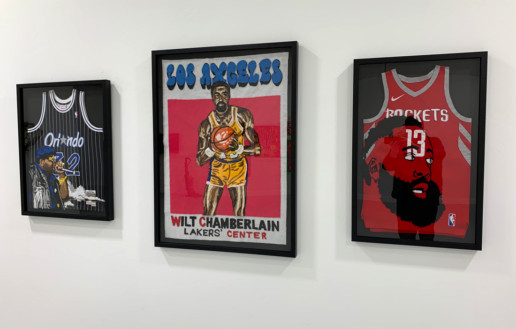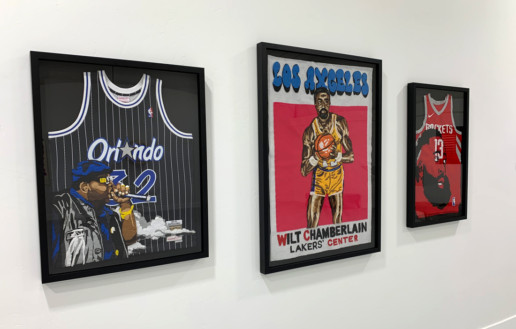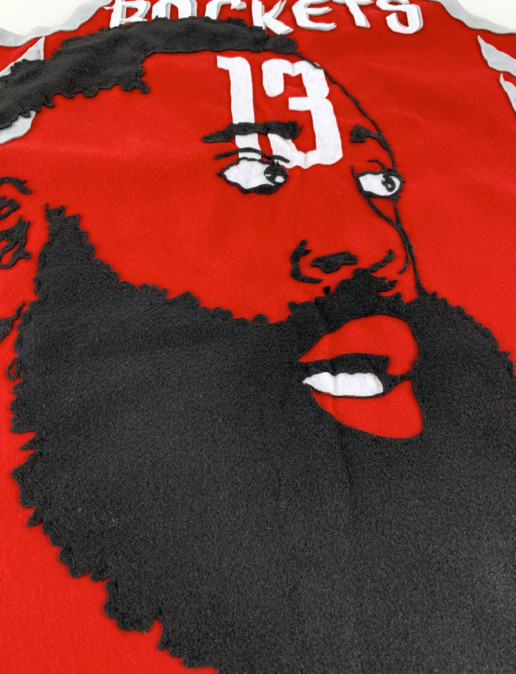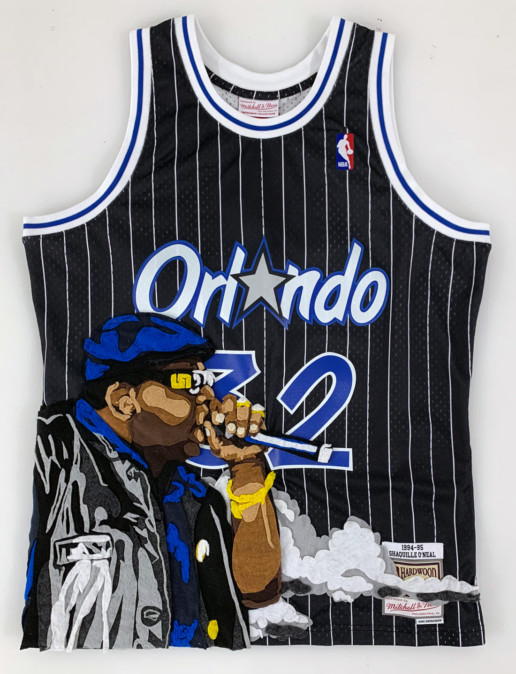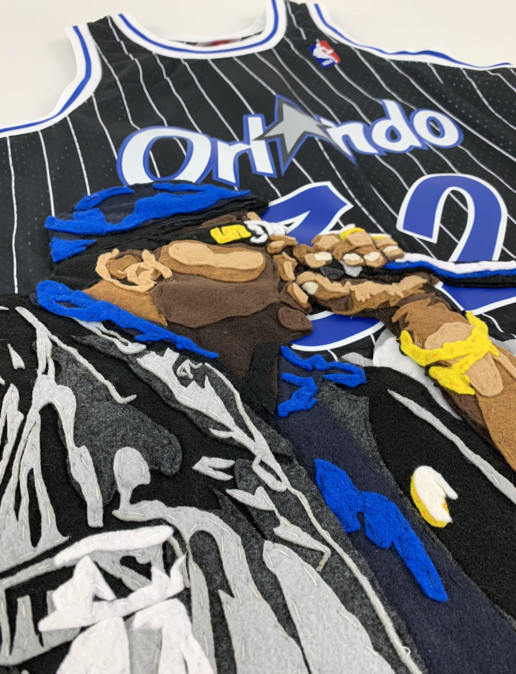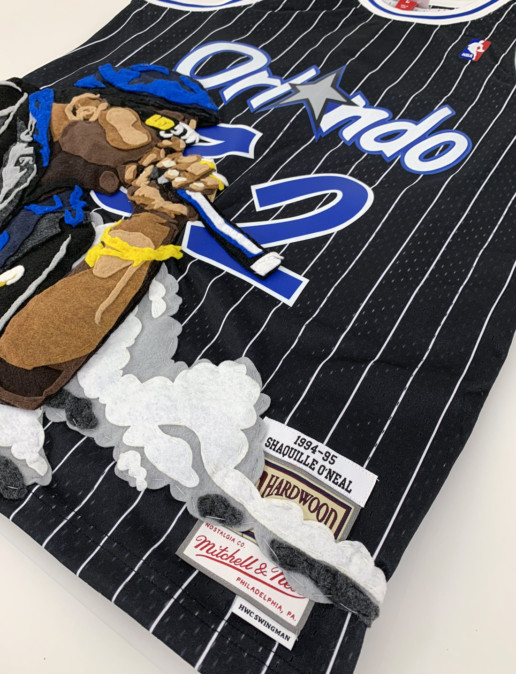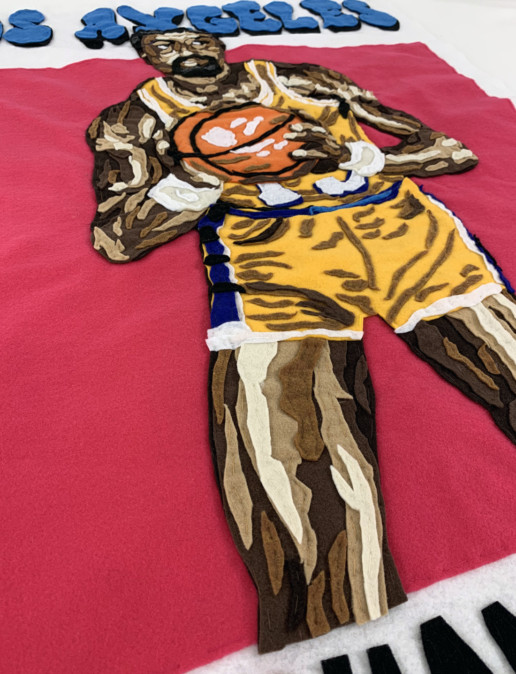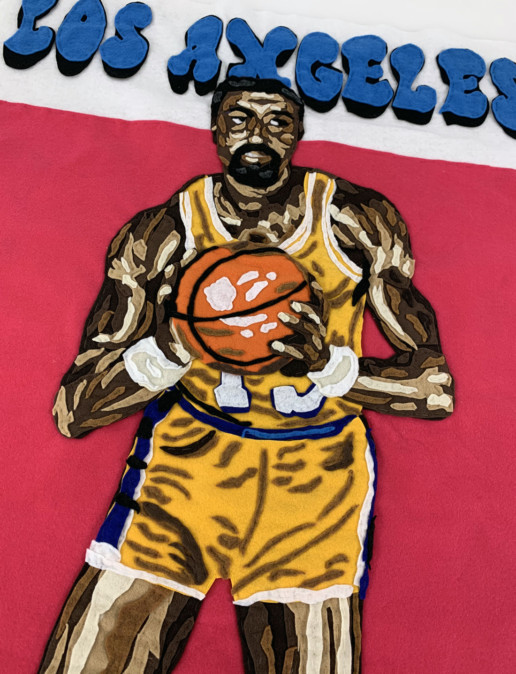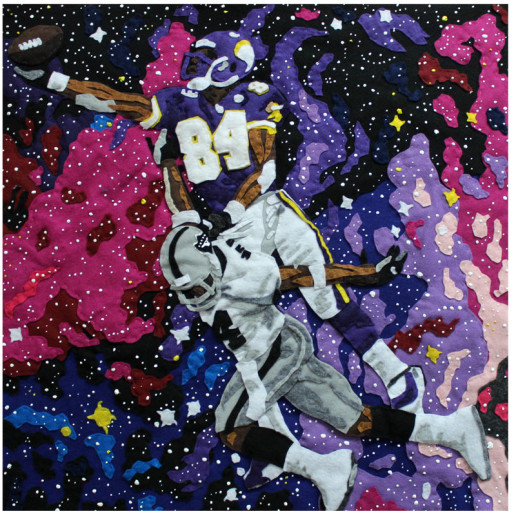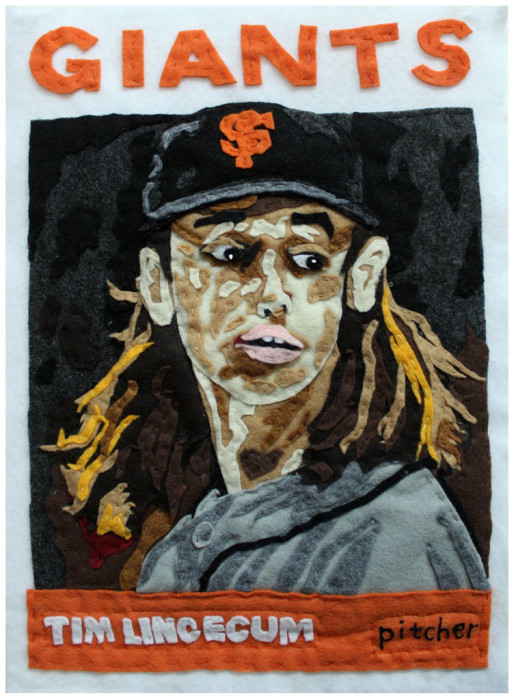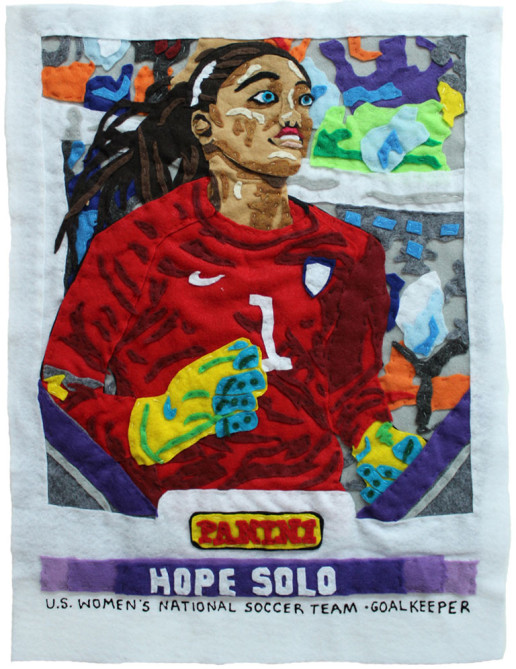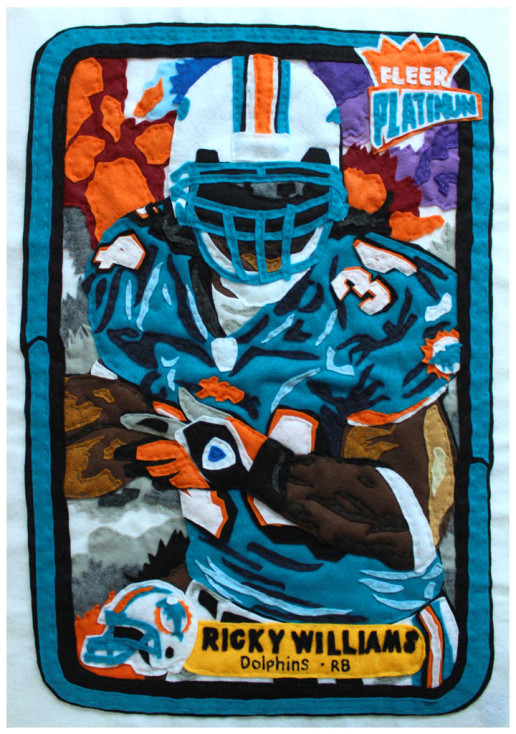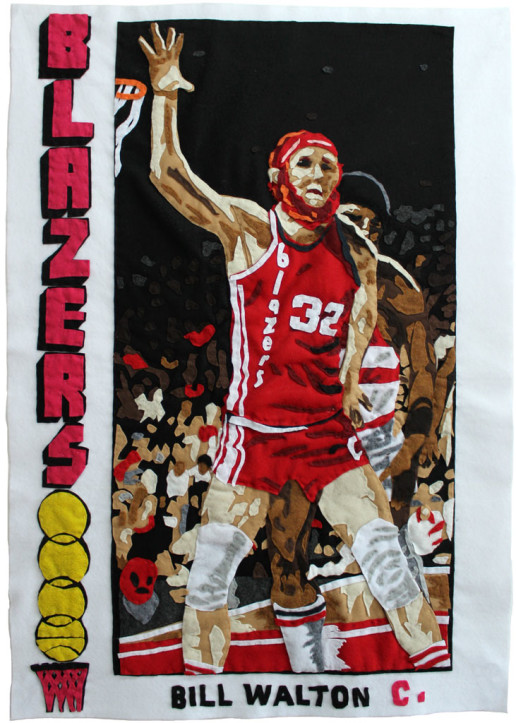BILLY KHEEL
TIME SENSITIVE
Group Show
Featuring: Sergio Garcia, Joris Ghilini, Max Kauffman
Billy Kheel, Lindsey Kuhn, Gabe Richesson and Paul Rousso
Exhibit runs February 15th – March 7th 2020
Black Book Gallery is pleased to present Time Sensitive, a group show inspired by nostalgia and collective memory. Time Sensitive features gallery artists Sergio Garcia, Max Kauffman, Billy Kheel, Lindsey Kuhn and Gabe Richesson, as well as Joris Ghilini and Paul Rousso, whose work Black Book is excited to introduce to our collectors. The exhibition runs from February 15 – March 7, 2020 and will open on Saturday, February 15th with a reception from 7-9pm that is free and open to the public.
So far, this decade (much like the last one) has been marked by widespread anxiety and unrest – political, environmental, social and economic. Emerging technologies are disrupting aging industries and spawning new ones on a daily basis. International relations seem hell-bent on self-destruction. Entire continents are literally on fire. In this climate of collective upheaval, nostalgia operates as a powerful opiate for the masses, romanticizing where we’ve been while mitigating fears of where we’re heading. Each of the artists featured in Time Sensitive approach the theme of nostalgia differently, but an affection for the cultural relics of decades past – such as teenage idols, retro electronics, brand logos and graphic design – resonates across each of their works.
French artist Joris Ghilini creates wood sculptures and paintings of decaying icons from art history and pop culture. His latest body of work includes a pair of destroyed Nikes and two paintings: “Crying Girl” & “Portrait of Dora Maar” (Maar was a French surrealist and one of Picasso’s muses). By reinterpreting historical objects and personas with cultural cache, Ghilini’s work questions the very notion of iconography. “Things are constantly a work in progress,” he explains. “In this way I don’t hesitate to embrace the ‘déja vu’ or to challenge the myth, the hero or the sacred, to demystify it, divert it, to make it more fragile in order to tell a new story.”
Max Kauffman also memorializes artifacts of the not-so-distant past – such as cassette tapes – but in bronze, a nearly indestructible material that implies a certain grandiosity and is thus an ironic medium for commemorating obsolete technologies. Kauffman’s painting is more personal and references the artist’s homeland and nomadic ancestry. “My family did some DNA testing and found we only had 1-2% Russian background and 48% Ashkenazi Jew,” he says, “They settled in Russia on a stretch called the levant, but were sort of gypsies. This discovery opened up a swath of questions and research into that area of the world- lots of weird stuff happened there including petroglyphs on the scale of the Nazca lines.”
Paul Rousso’s large-scale wall sculptures of vintage currency and candy wrappers evoke strong memories of products that we instantly recognize, but which technically no longer exist – as technology evolves, their material states are being constantly reconstructed. Rousso believes that our devotion to these disappearing brands is calculated by our memories of their packaging, which we associate with our younger, more innocent selves. Currency is also constantly evolving, from paper bills to crypto Bitcoin. Today, the $1000 bill looks practically comical, despite its one-time circulation – a cognitive dissonance that Rousso amplifies through his oversized sculptures.
Sergio Garcia’s oversized sculptures of skateboard wheels pay playful homage to the defining adolescent subculture of the 1990s and 2000s. Garcia views the skateboard wheel as an integral, yet often overlooked, symbol of the skateboarding ethos. To Garcia, once a set of wheels has been used they assume a new significance, representing the places (and surfaces) skated, like a trophy or badge of honor for teenage rites of passage.
Gabe Richesson’s stylized portraits of musicians and professional athletes include both historical and personal references to various cartoon characters, mascots and logos pulled from retro pop culture. In his paintings, Richesson draws inspiration from bands like The Grateful Dead – the epitome of hippie nostalgia – as well as heavy metal antiheroes like Ozzy Osbourne and Black Sabbath.
Billy Kheel’s felt tapestries invoke memories of junior high home ec classes, while tapping into the youthful idolizing of superstar athletes and rappers. Billy was a contestant on NBC’s first season of “Making It” where he brought his love for sports, family and felt to the national forefront. Subjects of this body of work include Wilt Chamberlain, Biggie (on a Shaq jersey) and James “The Beard” Harden – icons of African American pop-culture.
Finally, Lindsey Kuhn’s graphic work draws on the poster art aesthetic of the 1950s and 1960s, when “Reefer Madness” was being propagated as a national public health crisis. Lindsey is colorblind, which is why his posters combine so many vivid colors. His compositions reference prototypical 80’s kid nostalgia – aliens, mass-propaganda, skateboarding and psychedelic culture.
As Black Book Gallery’s first exhibition of this new decade, Time Sensitive invites you to take a break from our anxiety-laden present and revel in the rose-colored comforts of our collective past.
Using felt and thread, Billy Kheel builds soft sculptures and wall hangings. His approach plays with the concepts of masculine vs. feminine and folk vs. academic in relation to artistic process and intent. By using craft techniques to explore typically masculine subject matter, Kheel’s work is influenced by the impact of shifting gender roles on culture. Regardless of the subject of a given series, a sense of humor and warmth runs throughout his work. This is Kheel’s first exhibit with Black Book Gallery. Kheel has exhibited nationally and internationally and his work has been featured in Los Angeles Times, Los Angeles Magazine, KCRW’s Design and Architecture and KCET’s Artbound.
Tell us a little bit about your work, career, school, ideas, etc?
I’m a Los Angeles based artist. I also do a little teaching, t-shirt graphics and animation. I went to college at Wesleyan University and then came out to Los Angeles and started taking classes around town. Its amazing to me how much you can learn and how many great artists you can learn from if you search them out and look for classes. My idea on art is to use surprising processes that add something new and different to the artwork.
You played sports (football and lacrosse) in college, were you also a “practicing” artist at the time? When/why did you make the switch from athlete to artist?
That was a little while ago so I was still a student. I wouldn’t call myself a practicing artist at that point yet. I do remember there being some tension between the art side and the sport side of the school, like coming to practice late and being asked how the dance recital went, even though I was studying oil painting at the time.
What is more important – Content or technique?
The content is most important, otherwise its just decoration. Content is what makes the work lasting in the mind. But that being said, I love when people discover art for themselves and one way to engage people in art is to use a technique that they are familiar with or have an attraction to. Once they are in there then you hit ’em with the content.
How has your process changed over time – Have you always been interested in sewing and using fabrics?
I started using fabric about 6 years ago, I did these large, surreal sports pennants. I’ve also done installations using stuffed and sewn fabric for soft sculptures. Now I am mixing the fabric process with my painting background to use the fabric more as a painter uses paints to describe a form and environment. I think the paintings are enhanced by the warmth and presence that felt brings.
How many hours do your pieces generally take to complete?
These pieces are pretty labor intensive, because they are all hand cut and hand sewn and based on original drawings. So about a week per piece.
What are some of the responses you hear in regards to your work?
The other day someone asked me if my idea of using feminine craft techniques to make work about macho sports culture was inspired by Caitlyn Jenner coming out. I said maybe. In general, I like when my recent work can appeal to a sports fan that has no interest in art or craft but also appeals to a hardcore crafter who doesn’t care about sports at all.
Describe your work environment – Music you listen to, things you drink/smoke, time of day etc
I currently sublet some warehouse space in beautiful El Sereno from an artist buddy (kieljohnson.com). I like a loose studio with lots of music and media pouring in, but definitely hard working. I’m a hip hop fan and I like working with the energy of hip hop music. I’m not into laying around munching Cheeba Chews. So not a lot of sitting down going on – but a little dancing on occasion.
What is currently influencing you that might surprise people?
Right now, I’m really inspired by Haitian Voodoo sequin art. My brother lives down in the Dominican Republic and he hooks me up. I’m seriously thinking of getting into some sequins this year. I’m also inspired by applique wall hangings from Benin where they depict the history of their tribe and their gods.
Where/what do you think you will be doing in 25 years?
You mean when I’m not jet setting between international art exhibits? I’ll be in a much bigger space pouring my issues into new processes to make art. Hopefully with the help of a bunch of robots.
If you could choose only one, would you rather be thought of as a great artist or a nice person?
I have to go with great artist. Art and creativity are so important. Without it we’re goners. So, if I can spread the seed of creativity to someone that’s far more important than if they remember me as a nice guy.
Skyhigh
Main Gallery
February 13th – March 12th 2016
Billy Kheel is a Los Angeles based artist whose recent work in felt appliqué is best described as “Rick Ross meets Betsy Ross”. Kheel first began working with felt by making large-scale felt appliqué pennants. Kheel pushed the material beyond sports memorabilia by creating projects about Los Angeles strip mall culture and the Los Angeles River. “Skyhigh” represents Kheel’s return to sports as subject matter, with a greater focus on pushing the medium into the realm of painting.
Each painting in “Skyhigh” has been hand cut and sewn by the artist. Colorfully dyed wool and recycled felt is used in the creation of each piece. Kheel uses felt as a painter uses paint: as color to suggest space and detail. The cut and sewn pieces give a unique surface dimensionality to each work. The pieces are designed to be appreciated from afar as well as close enough to see the intricate cutting and stitches
From Billy Kheel:
The title “Skyhigh” has multiple meanings for me. This is my first time exhibiting art in Denver and the city itself really inspired me. Geographically the city floats high in the air atop the Rocky Mountains. Denver also has a rich and passionate sports culture which I wanted to reference and explore. And, lastly, the recent changes to the laws governing marijuana use in Colorado are completely new to me. All of these distinct ideas were swirling around in my mind as I cut and sewed the art for the show.
This is my first time showing these felt appliqué sports themed paintings. Aesthetically, I love the image of a human propelling themselves through the air. As a former college football and lacrosse player, I remember the slow motion sensation of floating through the air to be one of the most profound experiences in sports. I’ve also always been fascinated by the idea that many amazing, high-performing athletes were smoking marijuana while they were also dominating their competition. Athletes caught using weed have been subject to suspensions, and even criminal prosecution. I feel that highlighting some of these All Star and Champion stoners raises interesting questions about sports and culture and our shifting ideas on what constitutes healthy behavior.
COMMISSIONS AVAILABLE!
Contact us if you are interested in a commission by Billy Kheel of your favorite athlete or playing card.
Availability: Inquire
EATING GREEDY (VON MILLER)
Media: Hand cut, dyed and sewn felt/wool
Size: 11 x 15 Inches
Edition: 3 – One available
Year: 2016
Price: $800
Availability: Inquire

